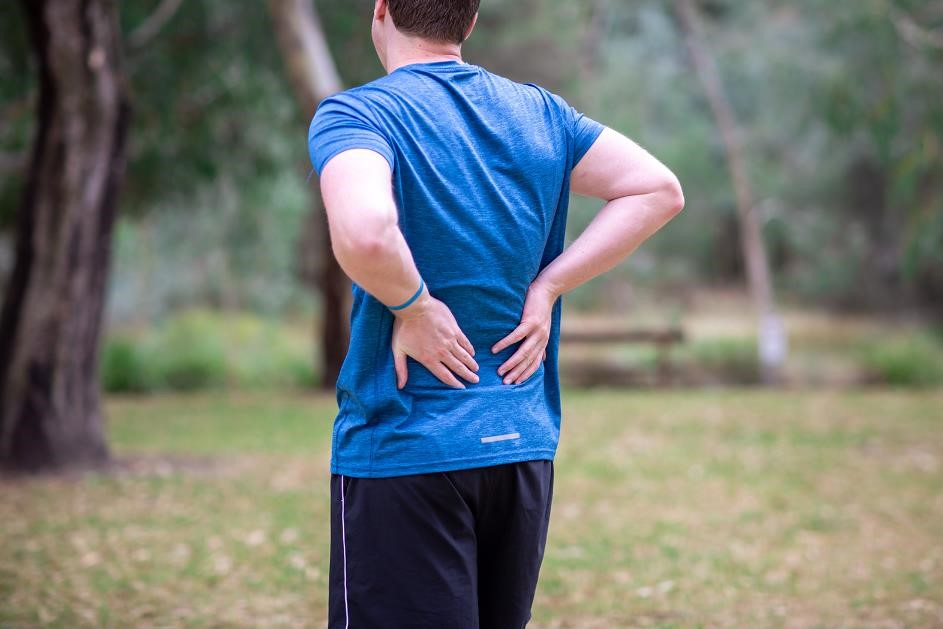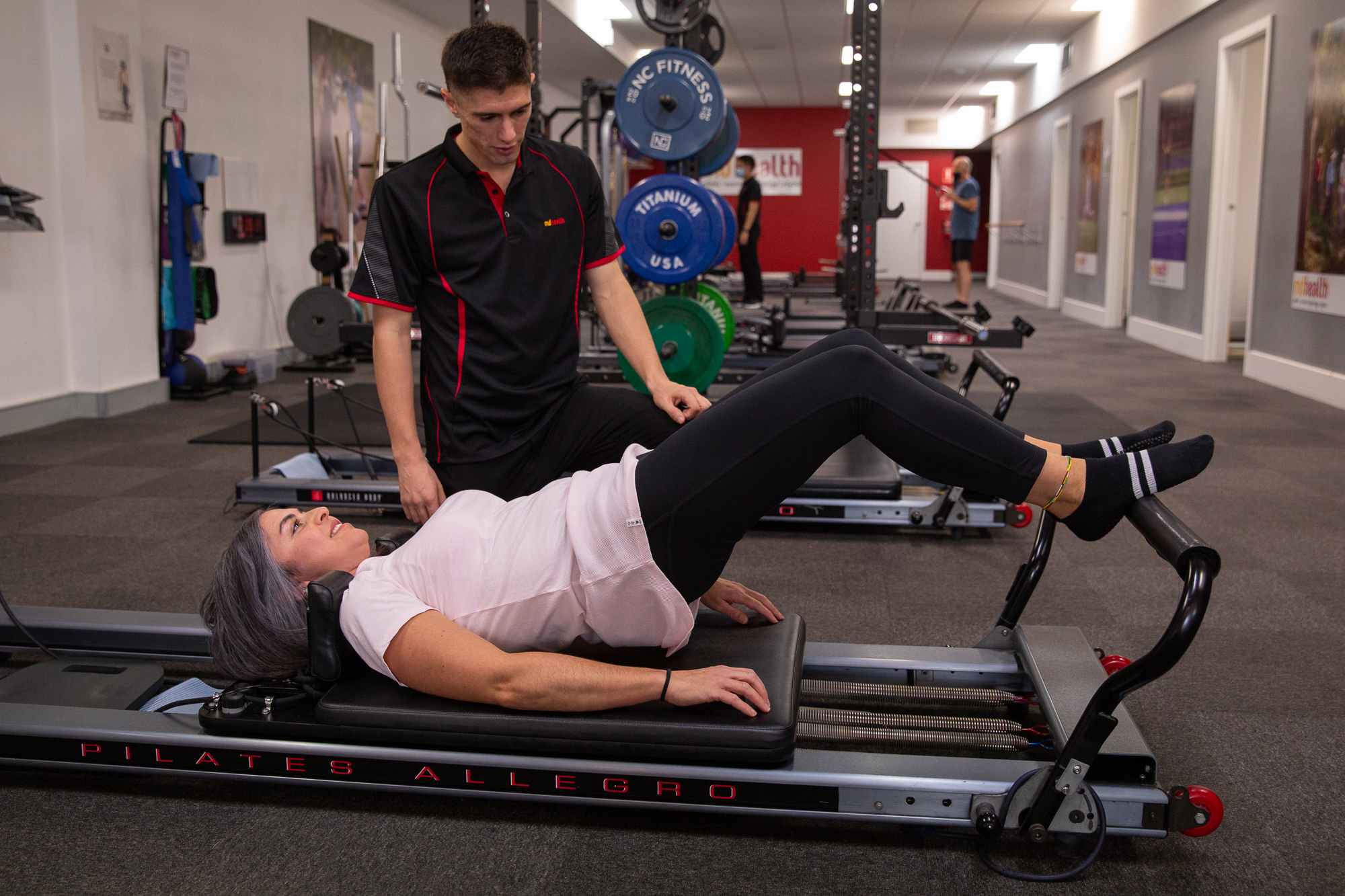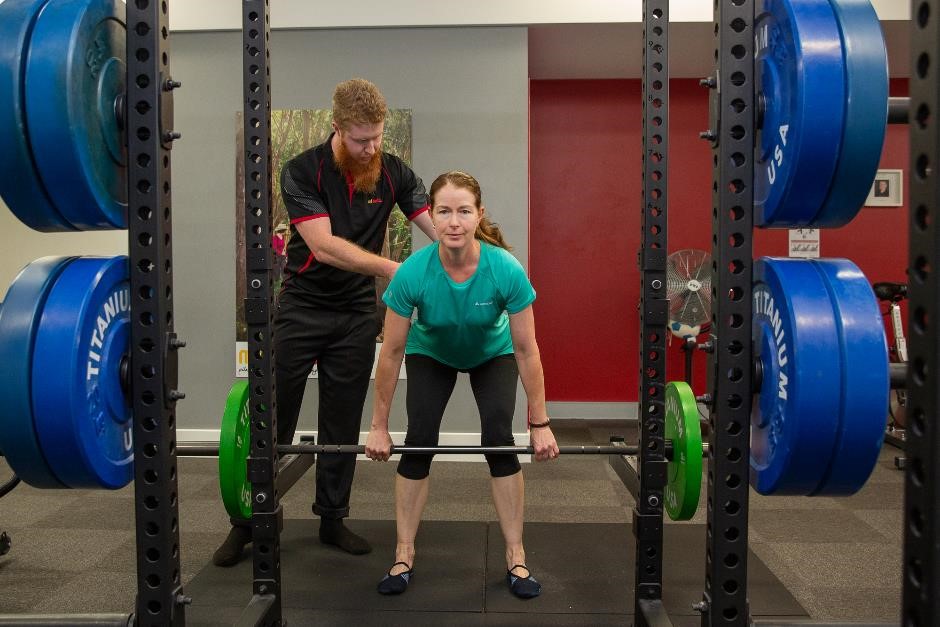Lumbar Disc Bulge - Fact Sheet
What is a Lumbar Disc Bulge ?
Understanding the structure of the luumbar spine makes it easier to see how a lumbar disc bulge occurs. The spine is made up of linked segments of bone called vertebrae. In between each vertebra is a ‘spongy’ disc that acts as a cushion for your spine, as well as allowing movement here so that you can move around. There are also ligaments that hold the spine together and offer stability. Muscles around the spine produce movement. A disc bulge occurs when there is a small tear in the outer layer of the disc, resulting in pain and inflammation.
What is discogenic pain?
This means that the pain is coming from an intervertebral disc in your lower back. The disc may become injured as a result of a single or repetitive trauma. Your disc contains a sac of fluid-like substance that can be pushed backwards within the disc. If this happens for a prolonged period of time, for example with sitting in a slouched position, pain can occur. Pain originating from the discs is considered to be the most common cause of chronic lower back pain.

Factors that can contribute to a lumbar disc bulge ?
- Poor posture
- Being overweight
- Lack of exercise and strength of stabilising muscles
- Stress
- Poor lifting technique
- Prolonged sitting
- Age and degeneration – this is normal! Discs do wear out over time.
.
.

Treatment of Lumbar Disc Bulge ?
Keep Moving! When people experience back pain, they become less active, which often makes their back pain worse. Light stretching, walking, and general exercise decreases stiffness and weakness and improves spinal health.
Tailored Clinical Exercise will help to strengthen the core muscles that support your spine (including your deep abdominals, lumbar erector muscles, and gluteals/buttocks), thus decreasing the severity and re-occurrence of lower back pain. Disc bulges can be re-absorbed and fully recovered with clinical exercise!!!
Other things to be aware of:
Don’t trust everything found on a scan: A study done in 2017 illustrated that an average of 40% of healthy people with no back pain had some sort of back pathology or degeneration, despite having no symptoms whatsoever! MRI, CT and X-Ray reports can often do more harm than good, leading to people avoiding movement and behaviour because of abnormal scan findings.
Be aware of your posture: Poor posture can be a precursor to discogenic pain. Avoid sitting with a bent back for long periods. Try and sit upright. A lumbar support in the form of a rolled-up towel resting in your lower back may also be useful, when driving or sitting for long periods.
Lifting: Try and limit the amount of lifting you have to do. If you must, lift the load close to the body, keeping your back straight. Remember to bend your knees and use your leg muscles.
Take medication: During acute flare ups, painkillers and anti-inflammatories can help control the severity of your symptoms. Ask your doctor or pharmacist what medication is right for you and be aware of possible side effects. In severe cases, medication can control the pain so that physical activity can begin.
Flare ups: Re-occurrences of discogenic low back pain often occur, but it is important to remember that this is a normal part of the recovery process. Complete rest (such as bed rest is NEVER the answer – keep moving, keep positive – your symptoms will eventually settle down.





